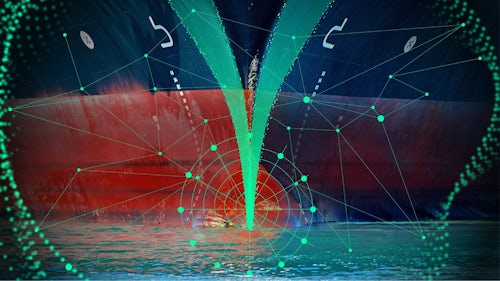The marine industry in 2030: From spiral to V-model
Today the ship design process still relies heavily on the design spiral. However, the design spiral is not agile enough to allow shipbuilders to respond to changes efficiently. To remain competitive, a new approach is needed. Learn how adopting a V-model can help future-proof your business and get ready for 2030!
Innovation in design process
New problems call for new methods, trends in the marine industry are forcing manufacturers to rethink and retool. Innovation in the design process is a great starting point to lay foundations for the future. Technology makes it possible to combine many design requirements and disciplines and integrate them into one environment, cutting costs and improving efficiency. Read more about the future of the ship design process and the ways in which an integrated digital framework may help you position for success.
V-model in software engineering
As ships increase in complexity, their data becomes increasingly difficult to manage. V-model in software engineering allows designers and operators to stay in control throughout the entire lifecycle of the vessel. Each discipline has its own model, creating a simpler approach to design, testing, and validation. Subsystem’s information is readily available while collaboration is achievable through simulation. Learn more about V-models in software engineering from an industry analyst in this downloadable report.
About the “marine industry in 2030” thought-leadership series
What will the marine industry look like in 2030? We asked Monica Schnitger, naval architect and principal analyst at Schnitger Corporation, to answer this question for us. The result is a set of six briefs, each covering a different angle of the future of shipping. This brief focuses on one of the top challenges the marine industry is facing today: the ship design process.
